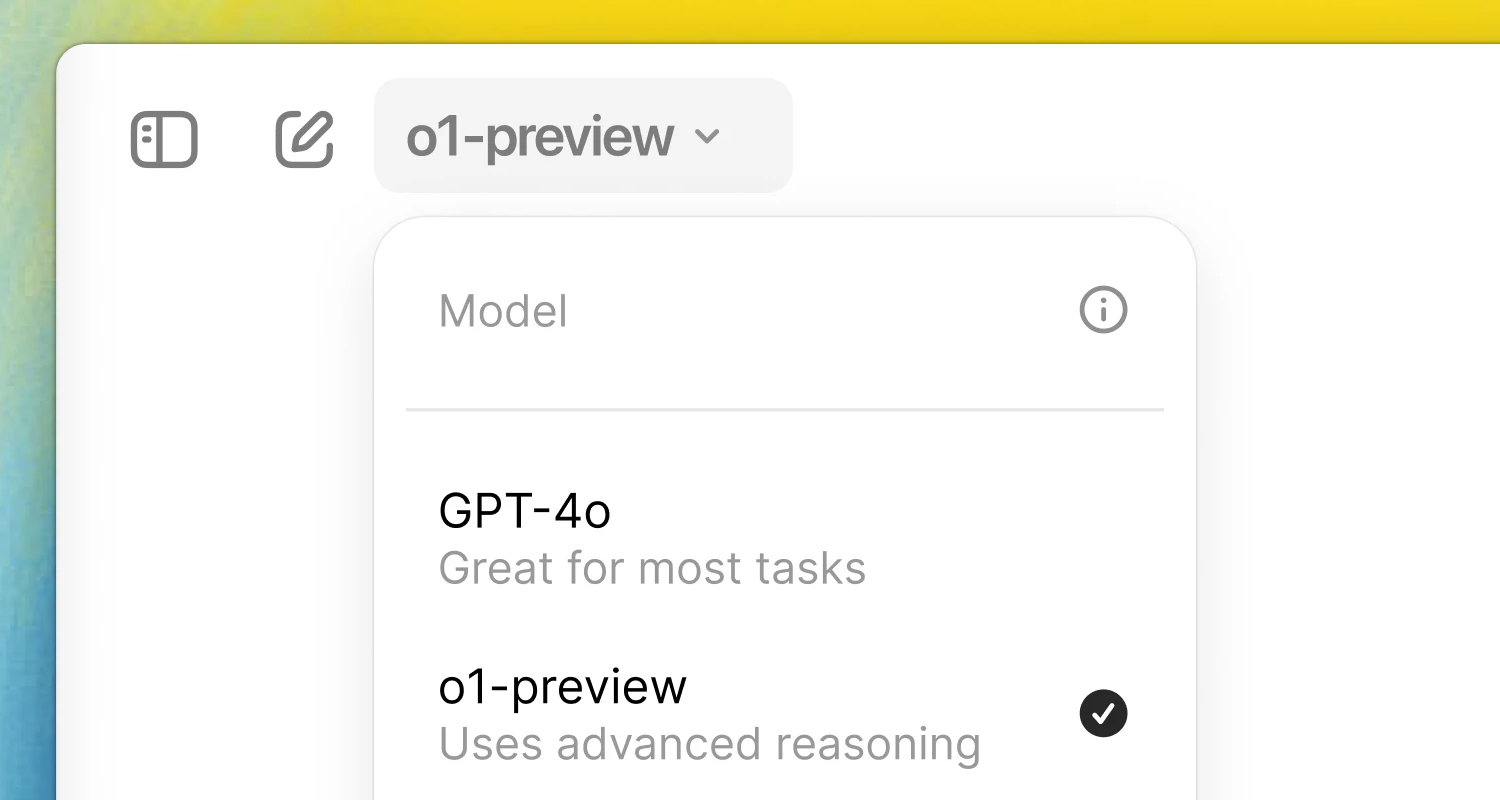 Networks are the backbone of virtually every organisation. They are the unseen heroes ensuring seamless communication, data transfer and access to critical services.
Networks are the backbone of virtually every organisation. They are the unseen heroes ensuring seamless communication, data transfer and access to critical services.
However, as networks grow in complexity and scale, managing them becomes increasingly challenging. Traditional network monitoring approaches often fall short in providing the granularity and real-time insights necessary to maintain optimal performance and security. This is where network telemetry steps in as a gamechanger.
What is network telemetry?
Network telemetry is the process of collecting, processing and analysing data from network devices to gain real-time insights into the performance, health and security of the network. Unlike traditional network monitoring, which typically relies on periodic polling and static threshold alerts, network telemetry provides a continuous, granular and real-time stream of data. This data-driven approach allows for more proactive and intelligent network management.
The imperative for network telemetry
- Complexity and scale: Modern networks are no longer confined to on-premises data centres. They span hybrid and multi-cloud environments, internet-of-things devices and remote locations. Managing such a diverse and expansive network ecosystem demands real-time visibility and insights that traditional methods can’t provide.
- Performance optimisation: Network telemetry enables the continuous monitoring of network performance metrics, such as latency, jitter and packet loss. By analysing this data, organisations can identify and address performance bottlenecks, ensuring a smooth and efficient user experience.
- Security: In an era where cyberthreats are becoming more sophisticated, network telemetry provides the necessary visibility to detect and respond to anomalies and potential security breaches in real time. This proactive approach to security is crucial in mitigating risks and protecting sensitive data.
- Operational efficiency: With network telemetry, network administrators can automate many aspects of network management. Real-time data and analytics enable predictive maintenance, automated troubleshooting and efficient resource allocation, reducing the operational overhead and freeing up valuable IT resources.
Key components of network telemetry
- Data collection: Network devices such as routers, switches, and firewalls generate a wealth of telemetry data. This data can include flow records, packet samples and performance metrics. Advanced telemetry solutions use protocols like NetFlow, IPFIX, gRPC and gnmi to collect this data in real time.
- Data processing: Raw telemetry data needs to be processed and enriched to provide meaningful insights. This involves correlating data from multiple sources, normalising it, and applying analytics to detect patterns and anomalies.
- Data analysis and visualisation: Powerful analytics engines and visualisation tools transform processed data into actionable insights. Dashboards, reports and alerts help network administrators understand the state of the network at a glance and make informed decisions.
- Integration and automation: Network telemetry systems should integrate seamlessly with existing IT infrastructure and network management tools. Automation frameworks can leverage telemetry data to trigger automated responses, such as rerouting traffic, adjusting bandwidth or isolating compromised devices.
Real-world applications of network telemetry
- Service providers: Telecommunications companies and internet service providers use network telemetry to monitor and manage their vast networks, ensuring high availability and performance for their customers. Real-time insights help in quickly identifying and resolving issues, minimising downtime.
- Enterprises: Large organisations leverage network telemetry to manage their internal networks, ensuring that critical business applications run smoothly and securely. Telemetry data helps in capacity planning, optimising resource utilisation and enhancing overall network performance.
- Cloud providers: Cloud service providers use telemetry to monitor their infrastructure, ensuring that their services meet the performance and security expectations of their customers. Real-time telemetry enables rapid detection and mitigation of issues, enhancing the reliability of cloud services.
- IoT networks: The proliferation of IoT devices presents unique challenges in network management. Network telemetry provides the necessary visibility to manage and secure IoT networks, ensuring that devices operate reliably and securely.
 The future of network telemetry
The future of network telemetry
As networks continue to evolve, the role of network telemetry will become even more critical. Advances in artificial intelligence and machine learning will further enhance the capabilities of telemetry systems, enabling predictive analytics and more intelligent automation. The integration of telemetry with emerging technologies like 5G and edge computing will open new possibilities for real-time network management and optimisation.
In conclusion, network telemetry is not just a tool but a strategic enabler for modern network management. By providing real-time, granular insights into network performance, health and security, telemetry empowers organisations to manage their networks more efficiently and proactively. As we move towards a more connected and data-driven world, the adoption of network telemetry will be pivotal in unlocking the full potential of our network infrastructures.
Embracing network telemetry is no longer a choice but a necessity for organisations aiming to thrive in today’s fast-paced, digitally connected landscape. By investing in advanced telemetry solutions, businesses can ensure their networks are robust, resilient and ready to meet the demands of the future.
Learn more about network telemetry and the services and solutions provided by Iris Network Systems at irisns.com, or visit Iris’s company hub on TechCentral.
- Read more articles by Iris Network Systems on TechCentral
- This promoted content was paid for by the party concerned



 3 hours ago
12
3 hours ago
12













